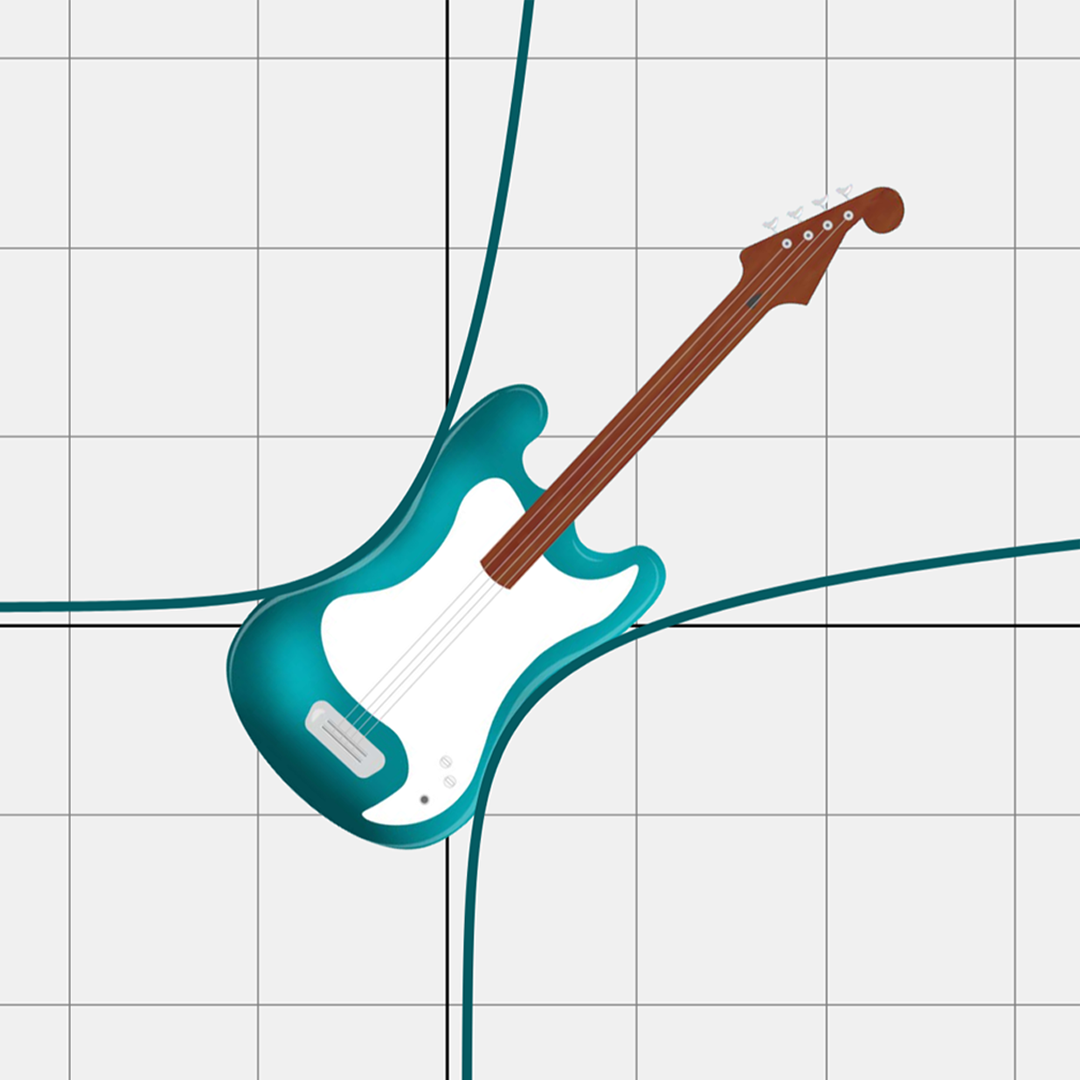Summary
In this lesson, students will discover properties of logarithms. Students will use the properties to work through a proof of the change of base formula, to solve logarithmic equations, and to evaluate logarithmic expressions. Prerequisites for this lesson include solving exponential equations using logarithms and understanding extraneous solutions and domain restrictions. This is the second lesson in the "All About That Base" lesson duo.
Essential Question(s)
How do we use properties of logarithms and exponential functions to solve logarithmic equations?
Snapshot
Engage
Students recall solving exponential equations using logarithms.
Explore
Students find patterns and discover properties of logarithms.
Explain
Students complete guided notes with the class and formalize their understanding of using properties of logarithms and solving logarithmic equations.
Extend
Students apply what they have learned to solve logarithmic equations and evaluate logarithmic expressions using properties of logarithms.
Evaluate
Students use the Justified True or False strategy to reflect on their learning and identify and resolve misconceptions.
Instructional Formats
The term "Multimodality" refers to the ability of a lesson to be offered in more than one modality (i.e. face-to-face, online, blended). This lesson has been designed to be offered in multiple formats, while still meeting the same standards and learning objectives. Though fundamentally the same lesson, you will notice that the different modalities may require the lesson to be approached differently. Select the modality that you are interested in to be taken to the section of the course designed for that form of instruction.
Materials
Lesson Slides (attached)
Finding Patterns handout (attached; one per pair; printed front only)
Guided Notes handout (attached; one per student; printed front only)
Guided Notes (Teacher Guide and Model Notes) (attached; for teacher use)
Applying Properties handout (attached; one per student; printed front only)
Pencils
Paper
Scientific calculators (optional)
Engage
5 Minute(s)
Display slide 3 from the attached Lesson Slides. As students walk into class, ask them to answer the Bell Ringer question on a piece of notebook paper or elsewhere if you have a classroom norm for bell work.
After students have had a chance to answer this question, go to slide 4 so students can check their work. Use this time to address any misconceptions that still exist from the previous lesson: "All About That Base, Part 1."
Go to slide 5 to share the lesson’s essential question with students. Go to slide 6 to share the lesson’s learning objectives. Review each of these with students to the extent you feel necessary.
Explore
20 Minute(s)
Ask students to find partners or assign student pairs. Display slide 7 and pass out the attached Finding Patterns handout to each pair of students.
Give students time to find Pattern 1. Then, go to slide 8. Once students see the pattern on the slide, ask for volunteers to explain the pattern in their own words. Hearing the pattern explained in more than one way can help other students better understand and more easily approach Pattern 2.
After sufficient student explanation of Pattern 1, give students time to find Pattern 2. Then, go to slide 9 and repeat the process above.
After sufficient student explanation of Pattern 2, give students time to find Pattern 3. Then, go to slide 10 and repeat the process above.
Explain
20 Minute(s)
Pass out the attached Guided Notes handout to each student. Transition through slides 11–12 to go over the properties and their verbal descriptions with the class.
Using the hidden slide 13 for quick reference, walk students through the proof of the change of base formula. Engage students by having them identify each property used during the proof.
Display slide 14 and complete the Guided Notes handout as a class.
Have students add their completed Guided Notes to their math notebooks if that is a classroom norm.
Extend
20 Minute(s)
Display slide 15 and pass out the attached Applying Properties handout to each student. In pairs, have students use the Pass the Problem strategy to solve the given logarithmic equations from the Solving portion of the handout.
Have each pair of students get out a piece of notebook paper to show their shared work. Explain the procedure as follows:
For question 1, student A writes the first step in the solving process.
Student A then passes the paper to student B, who writes the next step.
Students continue taking turns until the equation is completely solved.
For question 2, student B starts instead and then passes the paper to student A, taking turns until solved.
As student pairs finish question 1, transition through slides 16–17 so students can check their work and ask questions if needed.
As student pairs complete the remaining questions, transition through slides 18–23, again allowing students time to check their work and ask questions.
Go to slide 24 and direct students’ attention to the Evaluating portion of the handout. Explain to students that this is the time for them to work independently. Have each student evaluate the logarithmic expressions using the given information on the handout.
Collect the Applying Properties handout and use student responses to check for misunderstandings.
Evaluate
15 Minute(s)
Use the Justified True or False strategy to see which common misconceptions students may still have. Display slide 28 and have students work with their partners to determine if each statement is true or false with justification.
Go to slide 29 and ask for a volunteer to share what they and their partner decided for the first statement. Be sure to ask the student to justify their response. Click the slide to animate the answer for question 1.
Repeat this for the remaining statements, clicking again each time to display the answer to each statement.
Resources
K20 Center. (n.d.). Bell Ringers and Exit Tickets. Strategies. https://learn.k20center.ou.edu/strategy/125
K20 Center. (n.d.). Justified True or False. Strategies. https://learn.k20center.ou.edu/strategy/174
K20 Center. (n.d.). Pass the Problem. Strategies. https://learn.k20center.ou.edu/strategy/151
K20 Center. (n.d.). Desmos Classroom. Tech tools. https://learn.k20center.ou.edu/tech-tool/1081



